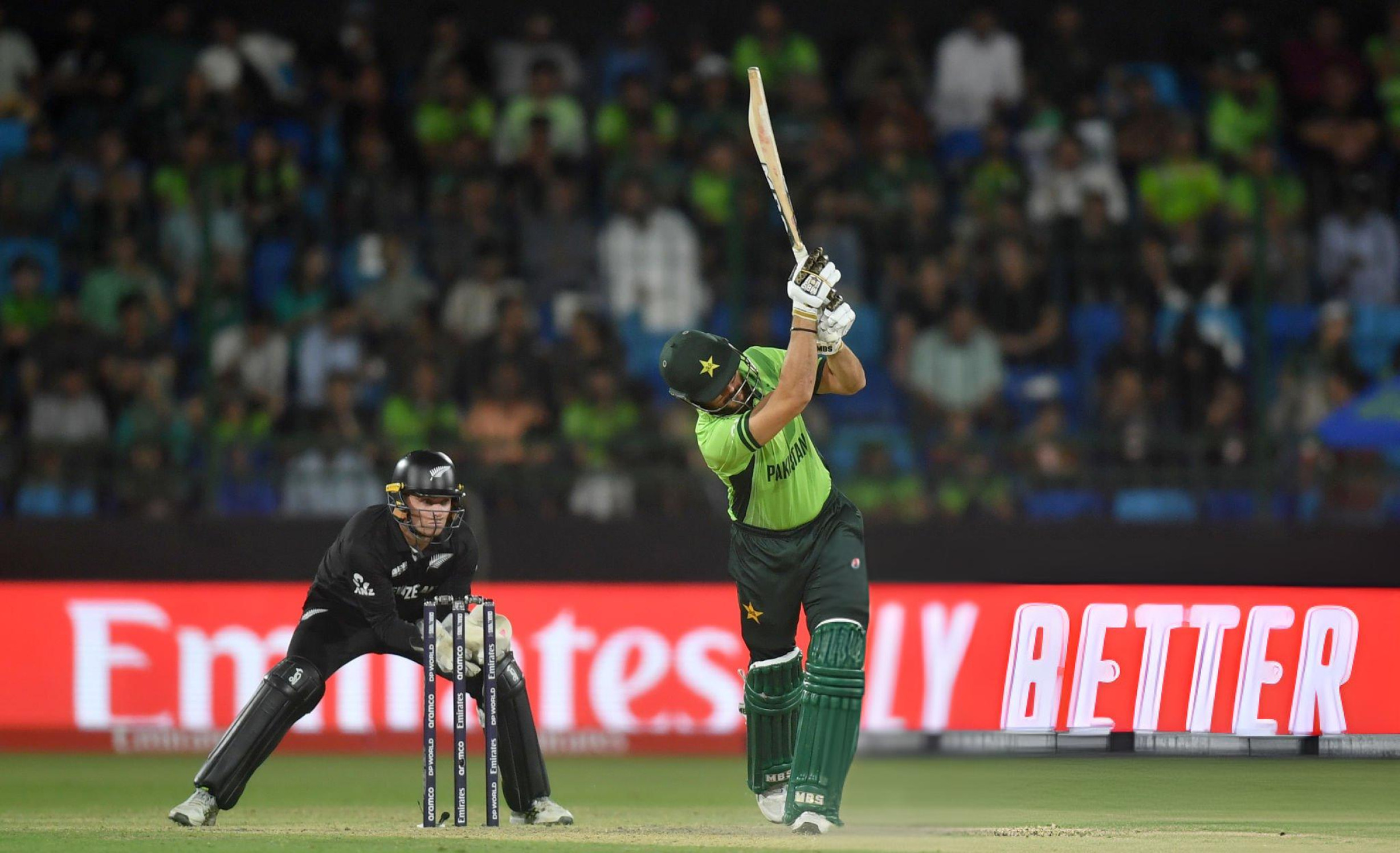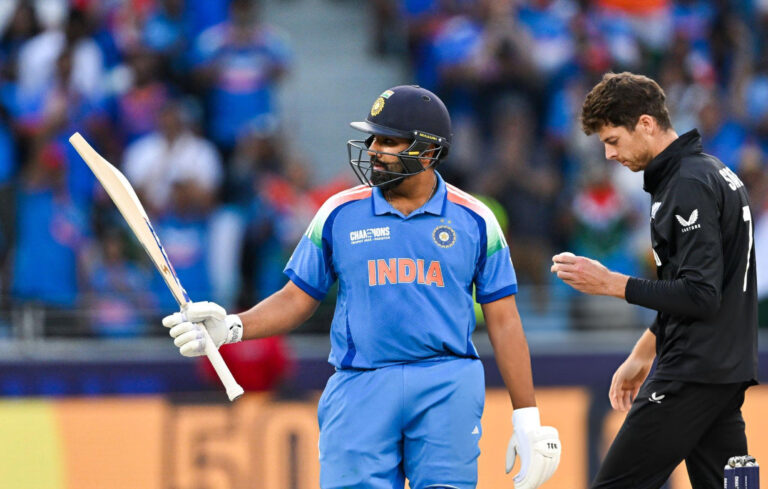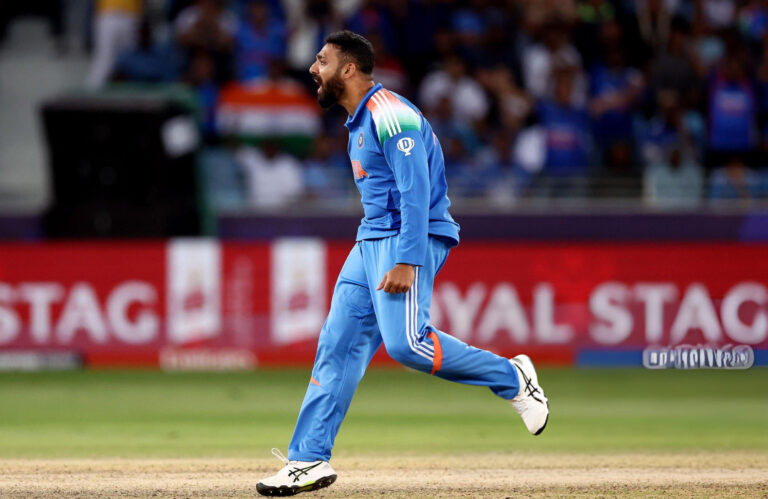
Cricket is often seen as a game of skill and strategy, but behind every powerful shot, lightning-fast delivery, and exceptional fielding effort lies intense fitness training. Modern cricketers are not just athletes; they are performance machines, constantly pushing the limits of strength, agility, and endurance. The rise of high-paced formats like T20 cricket has made fitness a key differentiator, turning players into multi-dimensional athletes.
In this blog, we explore the performance lab of cricket fitness, revealing the secrets behind how professional cricketers prepare, train, and maintain peak physical condition.
1. The Importance of Fitness in Cricket
Fitness in cricket goes beyond running between the wickets. It impacts batting, bowling, fielding, and injury prevention:
- Batting: Requires strength, core stability, and explosive power for long innings and quick shots.
- Bowling: Fast bowlers need endurance, flexibility, and shoulder strength to maintain pace and accuracy.
- Fielding: Agile movement, reflexes, and sprint speed are crucial for catching, throwing, and saving runs.
- Injury Prevention: Proper fitness routines reduce the risk of stress fractures, muscle strains, and repetitive injuries.
Teams that prioritize fitness see better performance, faster recovery, and longer careers for their players.
2. Strength and Conditioning
Cricketers rely on strength and conditioning programs tailored to their roles:
- Batsmen: Focus on upper body strength, core stability, and rotational power to generate force in shots.
- Fast Bowlers: Engage in lower body workouts, plyometrics, and resistance training to maintain bowling speed.
- All-Rounders: Combine both strength and endurance exercises for balanced performance.
- Fielders: Incorporate agility drills and functional training for quick directional changes.
Advanced gyms and performance labs use equipment like resistance bands, medicine balls, and cable machines to target specific muscle groups critical for cricket.
3. Endurance and Cardiovascular Fitness
Modern cricket demands long-lasting stamina:
- Long Innings and Extended Bowling Spells: Players need aerobic and anaerobic conditioning to sustain performance.
- High-Intensity Intervals: Sprint drills, shuttle runs, and HIIT workouts improve speed, recovery, and endurance.
- Altitude and Heat Training: Simulating different environmental conditions helps players adapt to varied match situations.
Good cardiovascular fitness ensures cricketers maintain focus, quick reflexes, and consistent output throughout the match.
4. Flexibility and Mobility
Flexibility is critical for injury prevention and smooth performance:
- Yoga and Stretching: Improve flexibility, core strength, and mental focus.
- Dynamic Warm-Ups: Prepare muscles for explosive movements in batting, bowling, and fielding.
- Mobility Drills: Target joints like shoulders, hips, and knees to prevent strain from repetitive actions.
A flexible athlete reduces the risk of muscle tears, enhancing longevity in cricket.
5. Nutrition and Hydration
Fitness is incomplete without proper nutrition:
- Balanced Diet: Proteins, carbohydrates, healthy fats, and micronutrients fuel energy, recovery, and muscle growth.
- Match-Day Nutrition: Focused on sustained energy, hydration, and electrolyte balance.
- Recovery Meals: Post-match meals high in protein and antioxidants repair muscles and reduce fatigue.
Nutritionists work closely with cricketers to optimize performance and body composition, ensuring peak readiness for training and matches.
6. Mental and Cognitive Fitness
Physical fitness is only part of the equation. Mental conditioning is crucial in cricket:
- Focus and Concentration: Techniques like visualization help players maintain attention during long innings or spells.
- Stress Management: Meditation and breathing exercises reduce anxiety during high-pressure situations.
- Decision-Making: Fast cognitive reflexes allow quick judgments in batting, bowling, and fielding.
Mental fitness ensures players perform under pressure and recover from setbacks efficiently.
7. Technology in Cricket Fitness
Modern performance labs use technology-driven approaches:
- Wearable Sensors: Track heart rate, movement, and energy expenditure during training.
- Biomechanical Analysis: Measures bowling action, bat swing, and fielding posture to prevent injuries.
- Recovery Tools: Cryotherapy, hydrotherapy, and physiotherapy accelerate recovery between games.
- Data Analytics: Monitors trends in fitness, performance, and workload to tailor personalized training plans.
Technology allows coaches and players to make informed decisions, improving efficiency and results.
8. Role of Performance Labs
Performance labs in cricket are high-tech centers dedicated to maximizing athlete potential:
- Provide customized fitness programs for batsmen, bowlers, and all-rounders.
- Use state-of-the-art equipment to monitor and enhance strength, speed, and agility.
- Integrate nutrition, psychology, and biomechanics for holistic development.
- Track progress through data analytics, adjusting training to prevent overuse injuries and optimize output.
These labs ensure cricketers are not only skilled but also physically and mentally ready for the rigors of modern cricket.
Conclusion
Fitness has become the cornerstone of modern cricket, defining not just player performance but also career longevity. Strength, endurance, flexibility, nutrition, mental conditioning, and technology all play vital roles in shaping world-class cricketers.
The performance lab reveals the secrets behind cricket excellence, showing how top players maintain peak form, prevent injuries, and adapt to the increasing demands of the sport. Fans and aspiring cricketers alike can learn from these insights, understanding that cricket success comes from a combination of skill, science, and relentless fitness discipline.
With ongoing innovations in training, technology, and sports science, cricket is evolving into a sport where athleticism and strategy meet precision science, ensuring players perform at their absolute best in every match.


